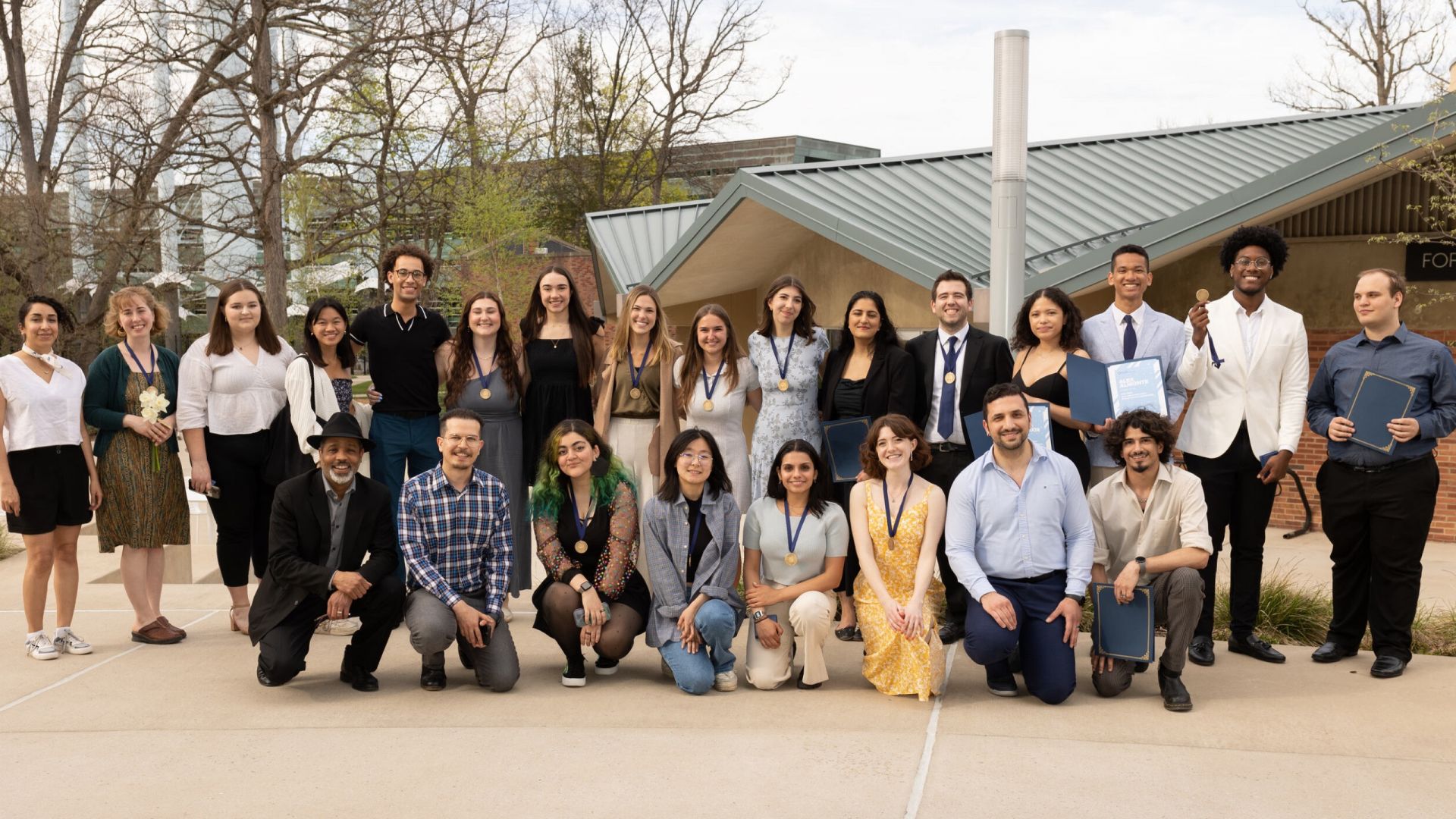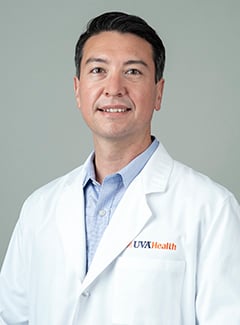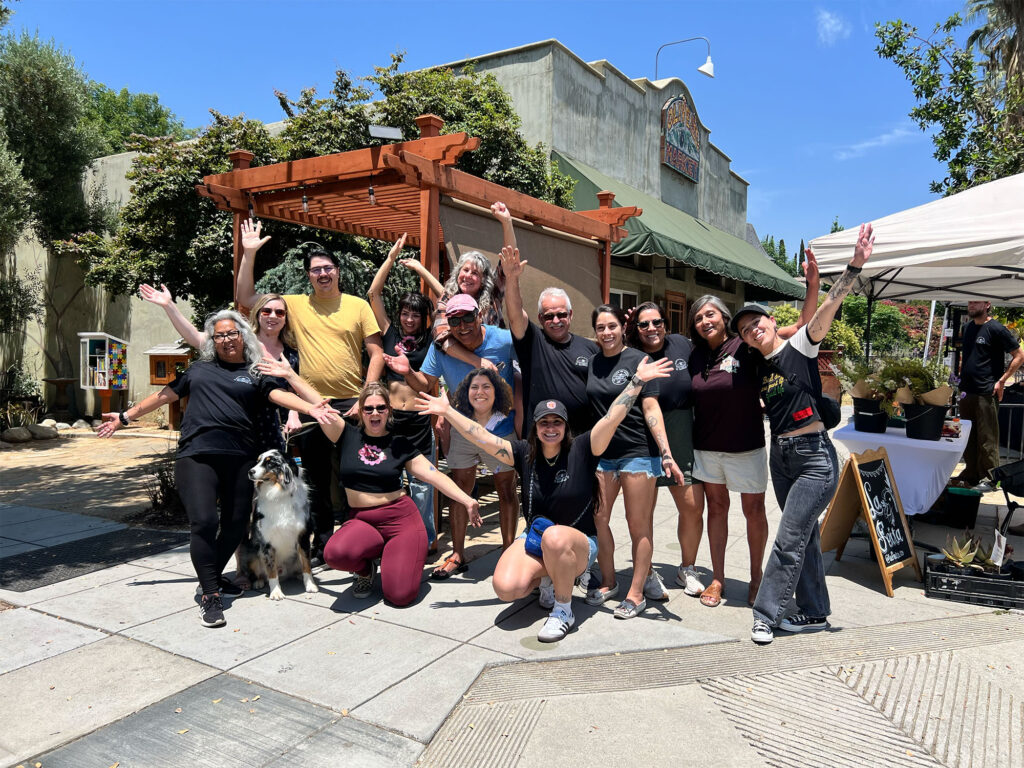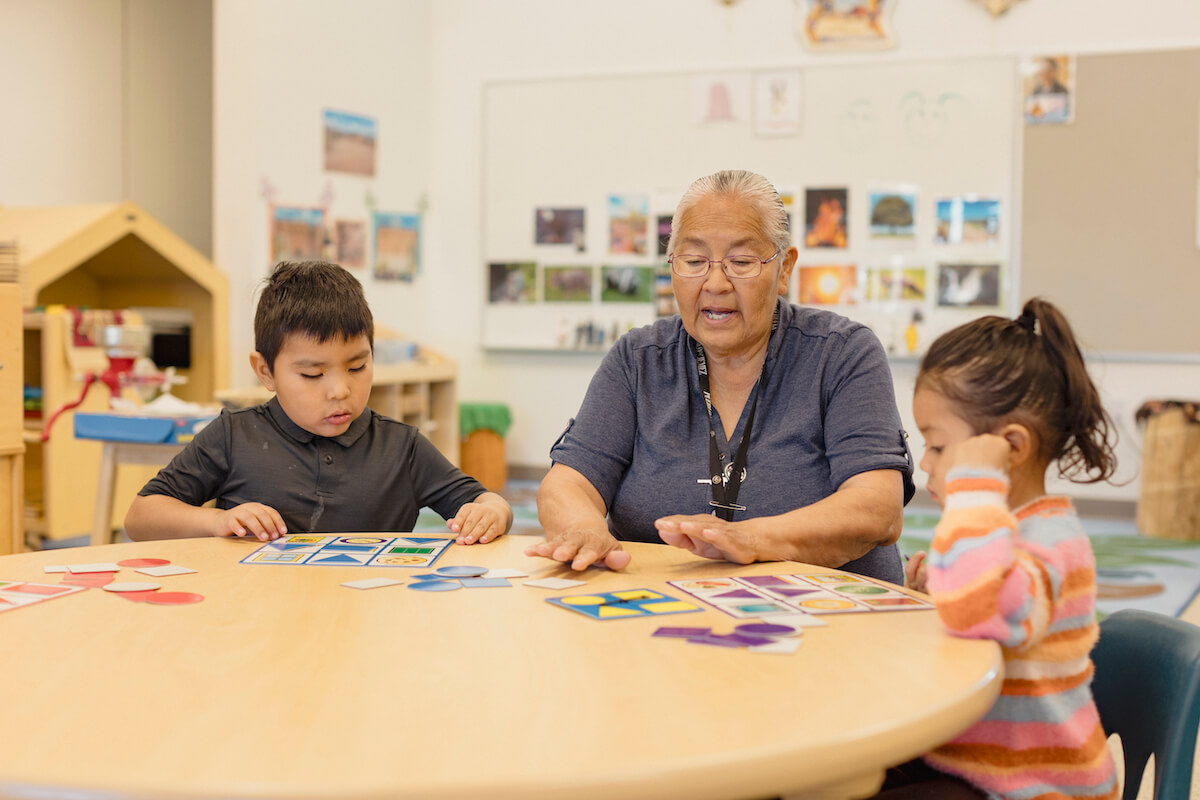Report on Syracuse University’s Inclusive Study Abroad Program in Italy
Executive Summary
Syracuse University has executed a pioneering two-week inclusive study abroad program in Italy, setting a new standard for global higher education. The program successfully integrated students with and without intellectual disabilities, providing an immersive academic and cultural experience focused on comparative inclusive education. This initiative directly supports the achievement of key United Nations Sustainable Development Goals (SDGs), particularly SDG 4 (Quality Education) and SDG 10 (Reduced Inequalities), by demonstrating a scalable model for equitable international learning opportunities.
Program Framework and Alignment with Sustainable Development Goals (SDGs)
Advancing SDG 4: Quality Education
The program’s core mission was to examine Italy’s progressive inclusion policies while actively practicing inclusion, thereby making a significant contribution to SDG 4.
- Target 4.5 (Eliminate Disparities in Education): The course was intentionally designed to ensure equal access to international education for students with intellectual disabilities, directly addressing and working to eliminate disparities. The cohort was composed of seven students from the InclusiveU program and seven matriculated students from the School of Education.
- Target 4.7 (Education for Sustainable Development and Global Citizenship): Through cultural immersion, language lessons, and comparative analysis of educational systems, the program equipped all students with the knowledge and skills needed to promote sustainable development and global citizenship.
- Target 4.a (Inclusive Learning Environments): The trip itself functioned as an inclusive learning environment, with students sharing living spaces, attending classes, and traveling together, modeling the very principles being studied.
Fostering SDG 10: Reduced Inequalities
By its very structure, the program championed the principles of SDG 10, focusing on the social and academic inclusion of persons with disabilities.
- Target 10.2 (Promote Universal Social Inclusion): The initiative empowered students with disabilities by including them fully in a challenging academic study abroad experience. The shared activities and living arrangements fostered mutual support and authentic friendships, breaking down barriers and promoting true inclusion.
- Participant Experience: As noted by InclusiveU student Jack Pasquale ’28, the trip was an opportunity to “build on my independence and social skills,” demonstrating the program’s success in fostering personal growth and reducing social inequalities.
Methodology and Collaborative Partnerships
Academic and Experiential Activities
The curriculum combined rigorous academic study with hands-on experiential learning to provide a comprehensive understanding of inclusive education in a global context.
- School and University Visits: Students visited elementary and secondary schools in Florence and Rome to observe Italy’s inclusive education framework in practice. They also engaged with universities in Rome and Padua.
- Community-Based Research: The program included community-based research projects and comparative discussions on the implementation of inclusion policies in Italy versus the United States.
- Cultural Immersion: Guided Italian lessons, museum tours, and exploration of iconic cities provided a rich cultural context for academic learning.
Leveraging SDG 17: Partnerships for the Goals
The success of the program was contingent upon a multi-stakeholder partnership, reflecting the collaborative spirit of SDG 17.
- Internal Collaboration: The course was a joint effort between the School of Education (SOE), Syracuse Abroad, the Syracuse University Florence Center, and the Center on Disability and Inclusion (CDI).
- External Engagement: The group engaged with Italian academic institutions and supporters of inclusive innovation, enriching the learning experience.
Outcomes and Future Implications
Key Findings and Impact
The program provided a unique opportunity for a comparative analysis of Italy’s education system, which mandates the inclusion of students with disabilities in general classrooms. Students critically evaluated the system’s successes and challenges, generating insights that are now informing Ph.D. research on the effectiveness of inclusive cultural immersion.
The impact on all participants was profound. SOE student Elyas Layachi ’27 stated, “It was truly impactful and enriching to observe the full integration of students with disabilities in mainstream education.” His reflection that “inclusion, when done right, benefits everyone involved” encapsulates the program’s contribution to fostering a more equitable and understanding society.
Conclusion: A Model for Global Inclusive Education
This study abroad course has successfully demonstrated that international academic programs can and should be accessible to all students. By thoughtfully integrating academic objectives with a commitment to the Sustainable Development Goals, Syracuse University has created a powerful, replicable model for other institutions. The initiative not only provided a transformative experience for its participants but also advanced the global agenda for quality, equitable, and inclusive education for all.
1. Which SDGs are addressed or connected to the issues highlighted in the article?
The article on Syracuse University’s inclusive study abroad program in Italy highlights issues and initiatives that are directly relevant to several Sustainable Development Goals (SDGs). The primary focus on providing equitable educational opportunities for students with intellectual disabilities connects to the core principles of the following SDGs:
-
SDG 4: Quality Education
This goal is central to the article, which describes an educational program designed to “ensure inclusive and equitable quality education and promote lifelong learning opportunities for all.” The entire initiative is about redefining and practicing inclusive higher education, as stated in the first paragraph: “The University’s first inclusive study abroad trip has redefined what inclusive higher education looks like… reflecting a commitment to making global education more inclusive and accessible to everyone.”
-
SDG 10: Reduced Inequalities
This goal, which aims to “reduce inequality within and among countries,” is addressed by the program’s focus on including a historically marginalized group. The article emphasizes the inclusion of students with intellectual disabilities, directly tackling inequality based on disability status. The program’s design, which “brought together students with and without intellectual disability,” is a practical application of promoting social inclusion and reducing disparities in educational opportunities.
-
SDG 17: Partnerships for the Goals
This goal, which focuses on strengthening the means of implementation through partnerships, is demonstrated by the collaborative effort required to launch the program. The article explicitly states that the course was a joint effort: “led by the School of Education (SOE) in partnership with Syracuse Abroad and the Syracuse University Florence Center.” It further mentions that “The Florence Center and the Center on Disability and Inclusion (CDI) partnered to support the experience,” showcasing a multi-stakeholder partnership to achieve a common goal.
2. What specific targets under those SDGs can be identified based on the article’s content?
Based on the article’s content, several specific targets within the identified SDGs can be identified:
-
SDG 4: Quality Education
- Target 4.5: “By 2030, eliminate gender disparities in education and ensure equal access to all levels of education and vocational training for the vulnerable, including persons with disabilities, indigenous peoples and children in vulnerable situations.” The article directly addresses this target by creating a study abroad program that ensures equal access for students with intellectual disabilities, who are part of the “vulnerable” group mentioned. The program’s composition of “seven current and former InclusiveU students, and seven matriculated students” is a clear attempt to provide this equal access.
- Target 4.a: “Build and upgrade education facilities that are child, disability and gender sensitive and provide safe, non-violent, inclusive and effective learning environments for all.” While not about physical construction, the program creates an inclusive learning environment. The article notes, “what made this trip different was the intentional focus on living inclusion while we studied it,” and describes how students “lived inclusively with roommates throughout the two-week program.” This demonstrates the creation of a disability-sensitive and inclusive learning environment.
-
SDG 10: Reduced Inequalities
- Target 10.2: “By 2030, empower and promote the social, economic and political inclusion of all, irrespective of age, sex, disability, race, ethnicity, origin, religion or economic or other status.” The program is a model of promoting the social and educational inclusion of people with disabilities. The article highlights this through student testimony, such as Jack Pasquale’s reflection on building “independence and social skills” and the observation that the trip “led to authentic friendships.”
- Target 10.3: “Ensure equal opportunity and reduce inequalities of outcome, including by eliminating discriminatory laws, policies and practices and promoting appropriate legislation, policies and action in this regard.” The academic component of the program focused on studying Italy’s “progressive approach to inclusive education,” where policies “mandate the inclusion of students with disabilities in general education classrooms.” By having students engage in “comparative discussions about how inclusion is approached in the U.S. and Italy,” the program promotes critical thinking about policies and actions needed to ensure equal opportunity.
-
SDG 17: Partnerships for the Goals
- Target 17.17: “Encourage and promote effective public, public-private and civil society partnerships, building on the experience and resourcing strategies of partnerships.” The article provides a clear example of this target in action. It details the successful collaboration between multiple university departments: “the School of Education (SOE) in partnership with Syracuse Abroad and the Syracuse University Florence Center,” as well as the “Center on Disability and Inclusion (CDI)” and the “Taishoff Center for Inclusive Higher Education.” This multi-entity partnership was essential for the program’s success.
3. Are there any indicators mentioned or implied in the article that can be used to measure progress towards the identified targets?
The article provides several quantitative and qualitative indicators that can be used to measure progress towards the identified targets:
-
Indicators for SDG 4 (Quality Education)
- For Target 4.5: An indicator is the proportion of students with disabilities participating in international mobility programs. The article provides specific numbers: “14 students,” including “seven current and former InclusiveU students.” This 1:1 ratio of students with and without intellectual disabilities serves as a direct measure of equal access in this specific program. The stated goal of “expanding to new countries and longer-term abroad opportunities” implies a desire to increase this indicator over time.
- For Target 4.a: A qualitative indicator is the student-reported experience of the inclusive learning environment. The article provides evidence through descriptions like “students lived inclusively with roommates…sharing spaces, dining, attending class, travelling and experiencing the cities together” and the summary statement from a student that “Inclusion, when done right, benefits everyone involved.”
-
Indicators for SDG 10 (Reduced Inequalities)
- For Target 10.2: An indicator is the self-reported social and personal development of participants with disabilities. The testimony from InclusiveU student Jack Pasquale serves as a powerful qualitative indicator: “This was an incredible opportunity to meet and work with new people, to build on my independence and social skills.” The mention of “authentic friendships” is another measure of successful social inclusion.
- For Target 10.3: An indicator is the existence and analysis of policies promoting inclusion. The article points to Italy’s policies that “mandate the inclusion of students with disabilities in general education classrooms” and its “nearly 97% literacy” rate as a measure of policy effectiveness. The students’ engagement in “comparative discussions” about these policies versus those in the U.S. is an indicator of promoting action in this area.
-
Indicators for SDG 17 (Partnerships for the Goals)
- For Target 17.17: A direct indicator is the number and type of organizations involved in multi-stakeholder educational partnerships. The article explicitly lists the partners, providing a clear measure: “School of Education (SOE),” “Syracuse Abroad,” “Syracuse University Florence Center,” “Center on Disability and Inclusion (CDI),” and the “Taishoff Center for Inclusive Higher Education.”
4. Table of SDGs, Targets, and Indicators
| SDGs | Targets | Indicators Identified in the Article |
|---|---|---|
| SDG 4: Quality Education | 4.5: Ensure equal access to all levels of education and vocational training for the vulnerable, including persons with disabilities. | The participation of seven students with intellectual disabilities in a study abroad program, creating a 1:1 ratio with matriculated students. |
| 4.a: Provide safe, non-violent, inclusive and effective learning environments for all. | Qualitative descriptions of the inclusive environment: “students lived inclusively with roommates,” and the program’s focus on “living inclusion while we studied it.” | |
| SDG 10: Reduced Inequalities | 10.2: Empower and promote the social, economic and political inclusion of all, irrespective of disability. | Student testimony on building “independence and social skills” and the formation of “authentic friendships.” |
| 10.3: Ensure equal opportunity and reduce inequalities of outcome. | The study of Italy’s inclusive education policies and its “nearly 97% literacy” rate, and students’ “comparative discussions” about inclusion in the U.S. and Italy. | |
| SDG 17: Partnerships for the Goals | 17.17: Encourage and promote effective public, public-private and civil society partnerships. | The specific list of collaborating partners: School of Education (SOE), Syracuse Abroad, Syracuse University Florence Center, Center on Disability and Inclusion (CDI), and the Taishoff Center. |
Source: news.syr.edu







